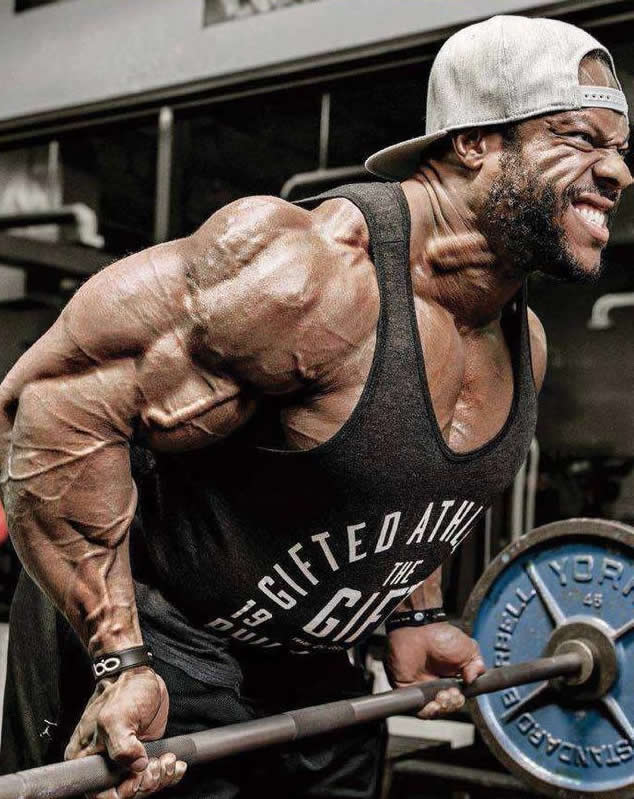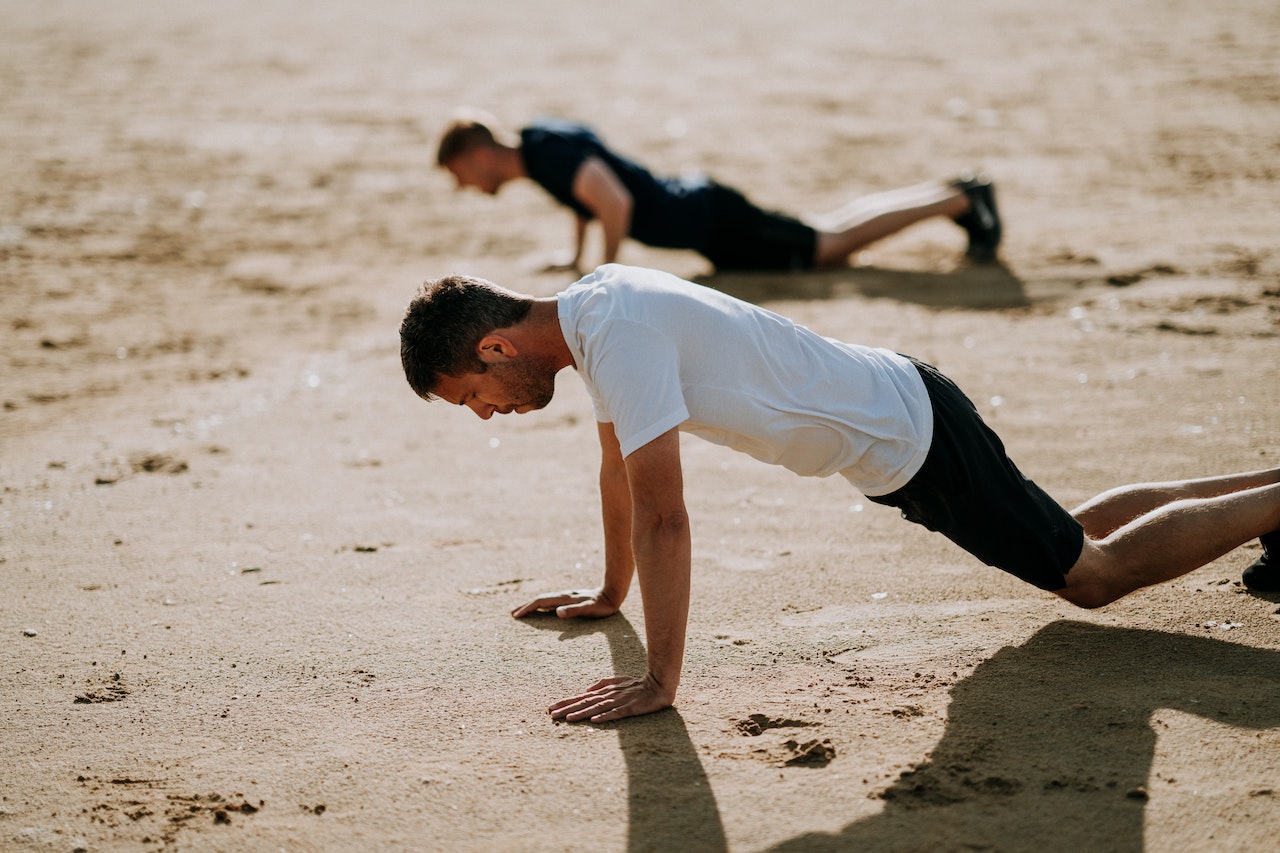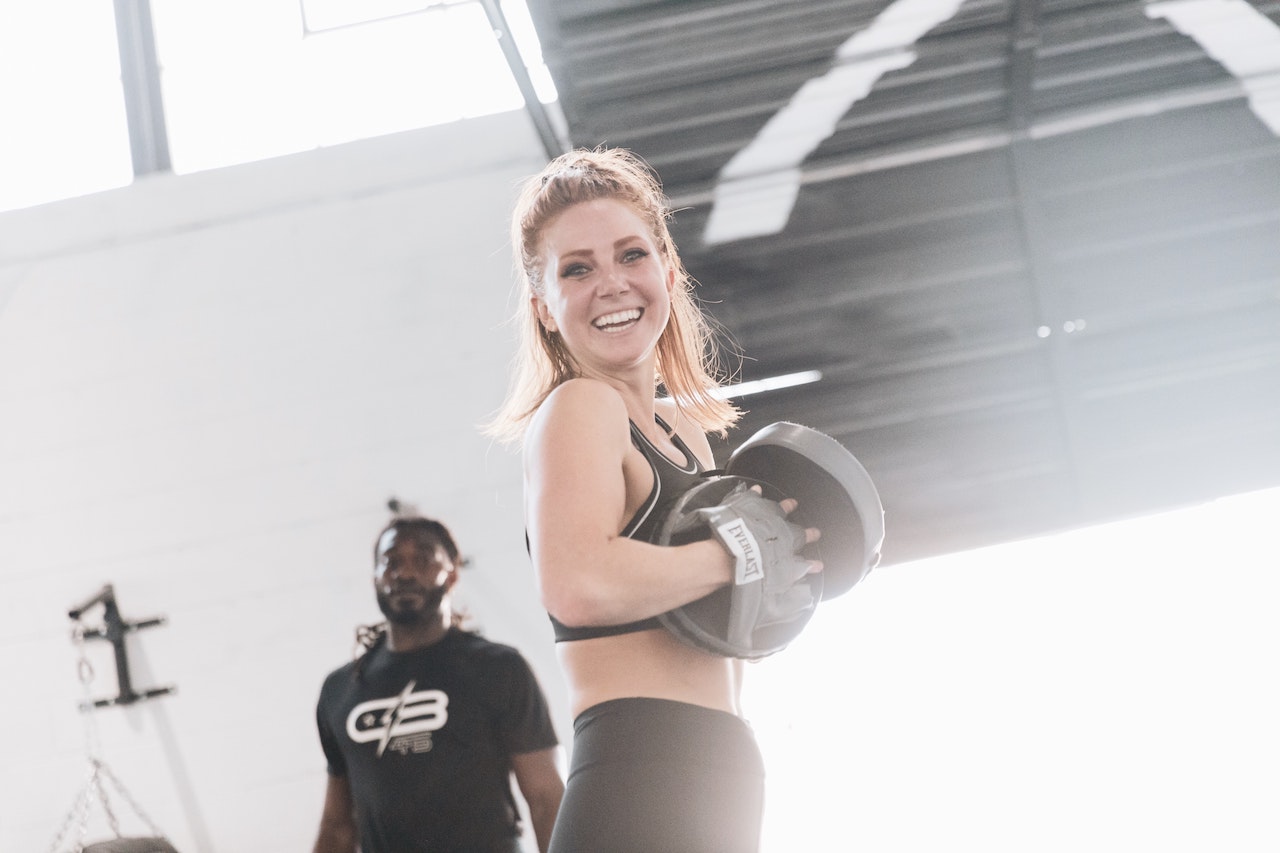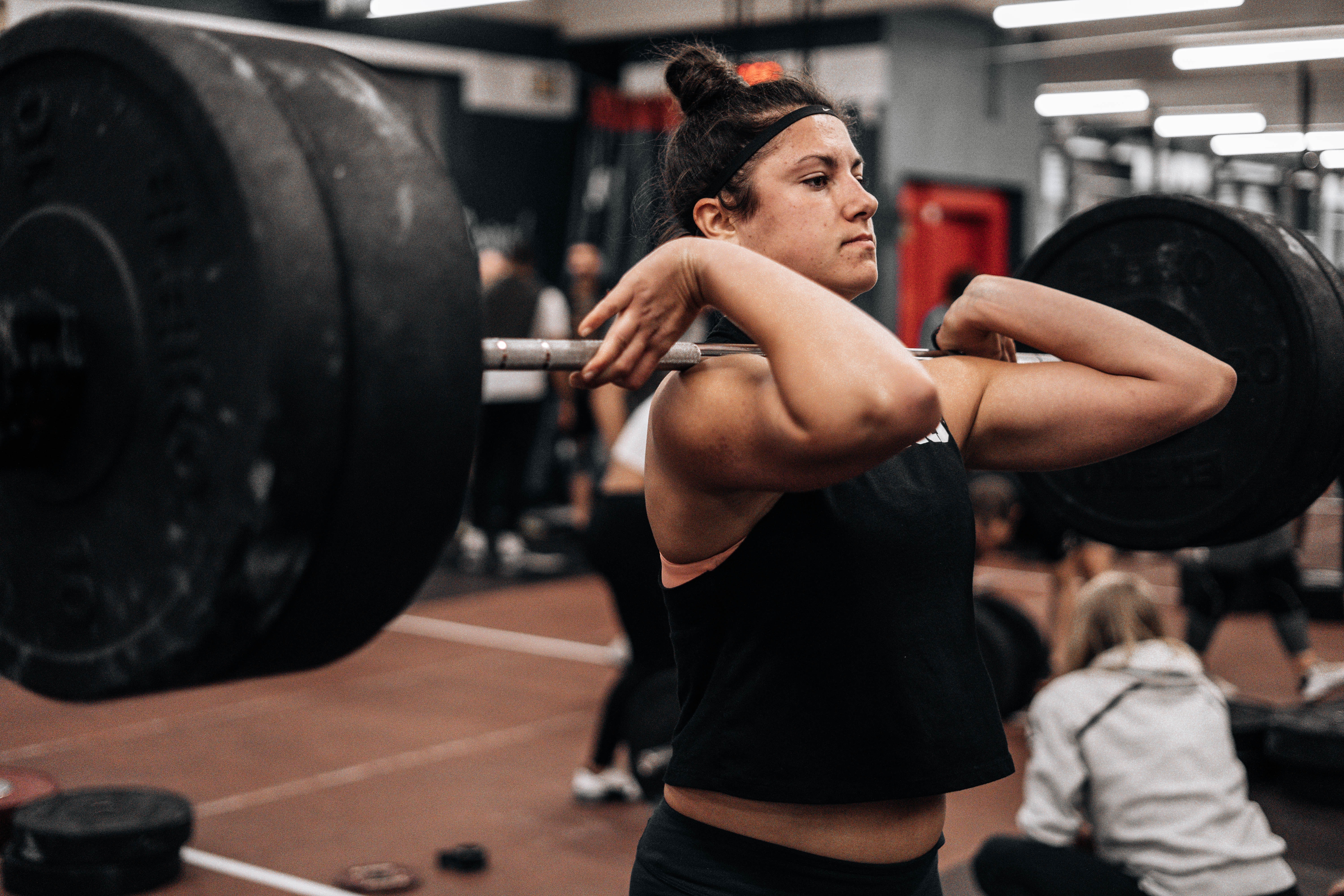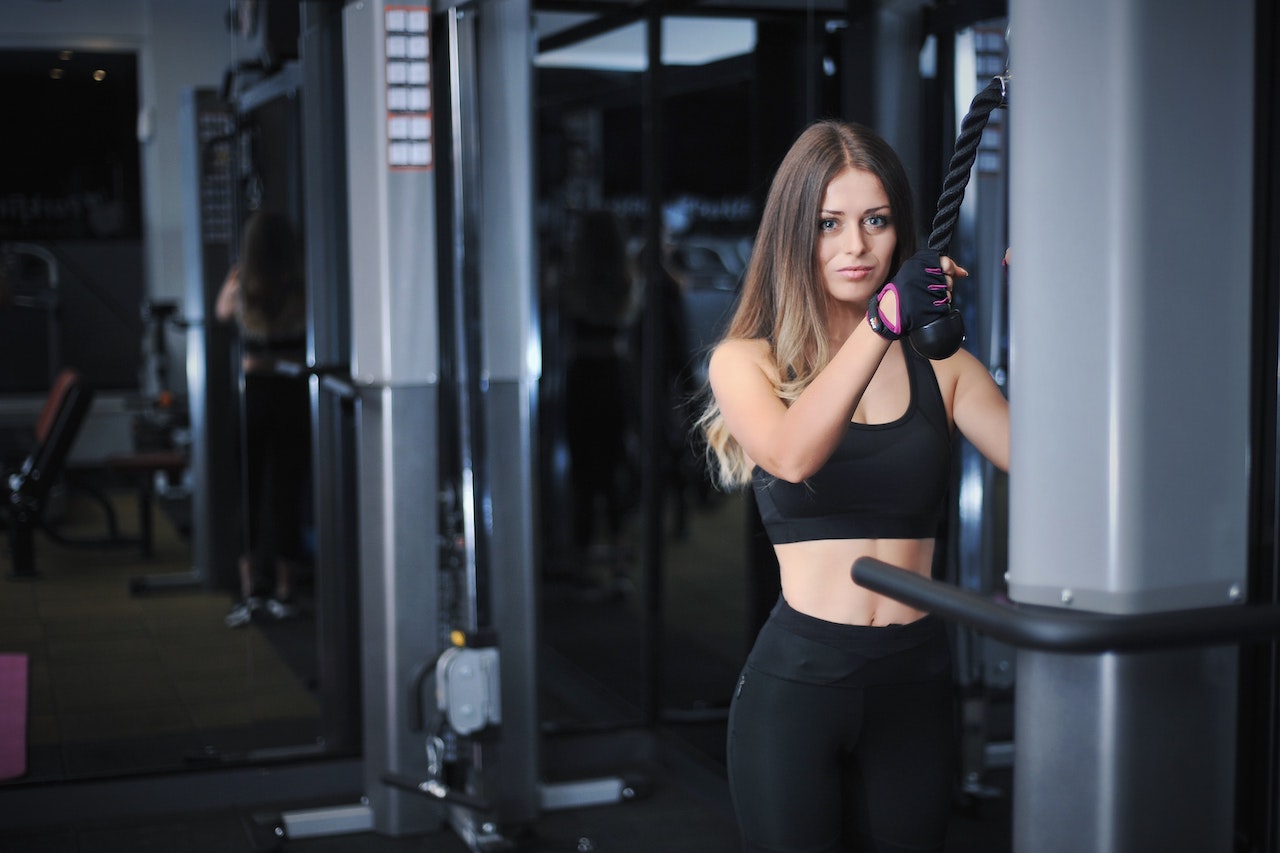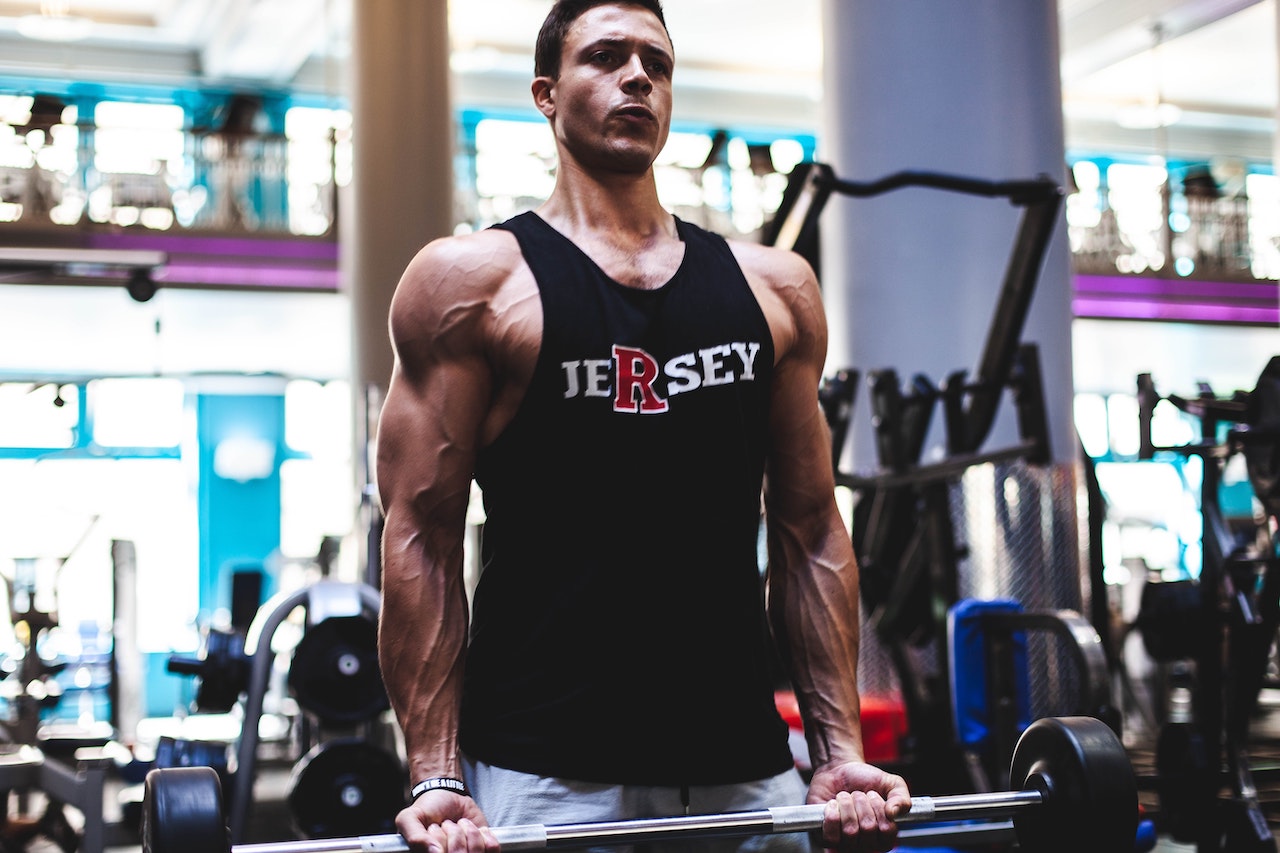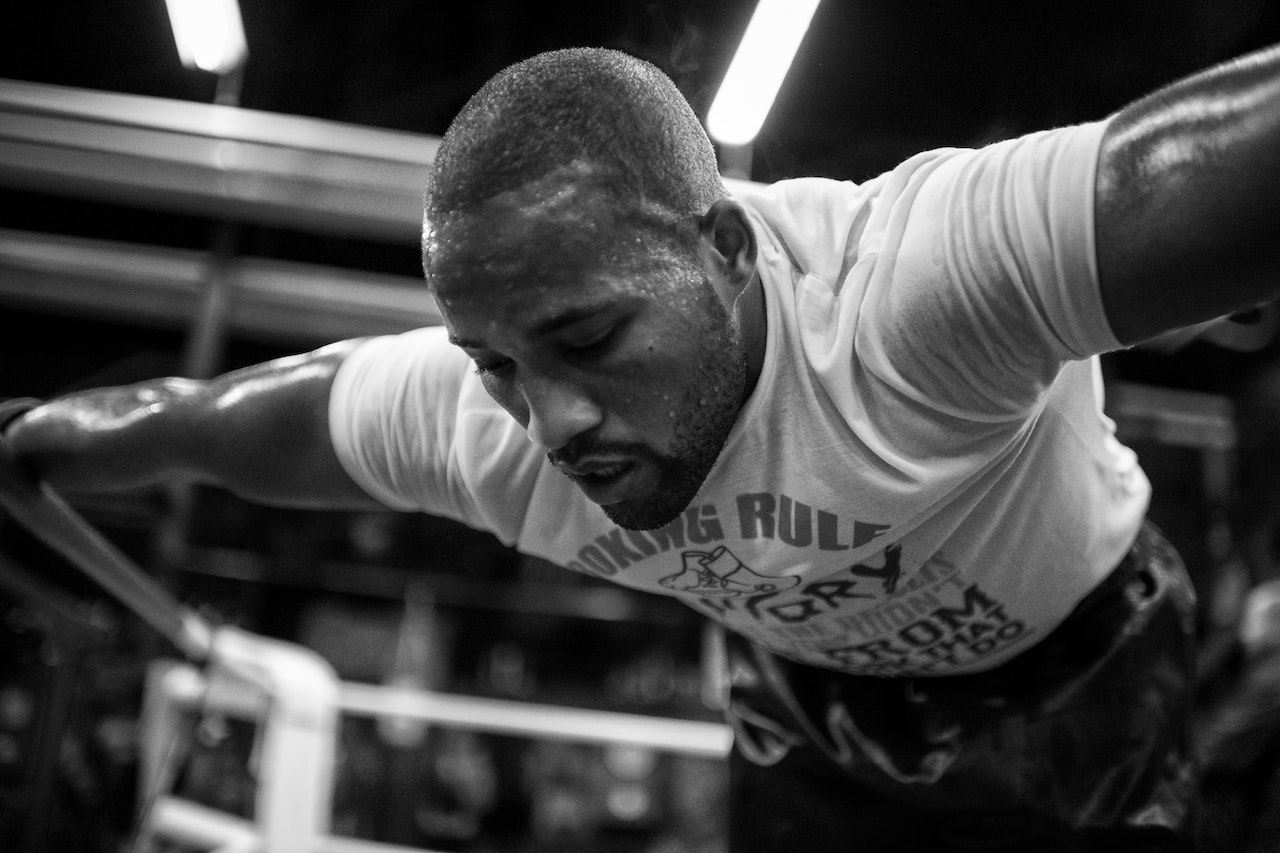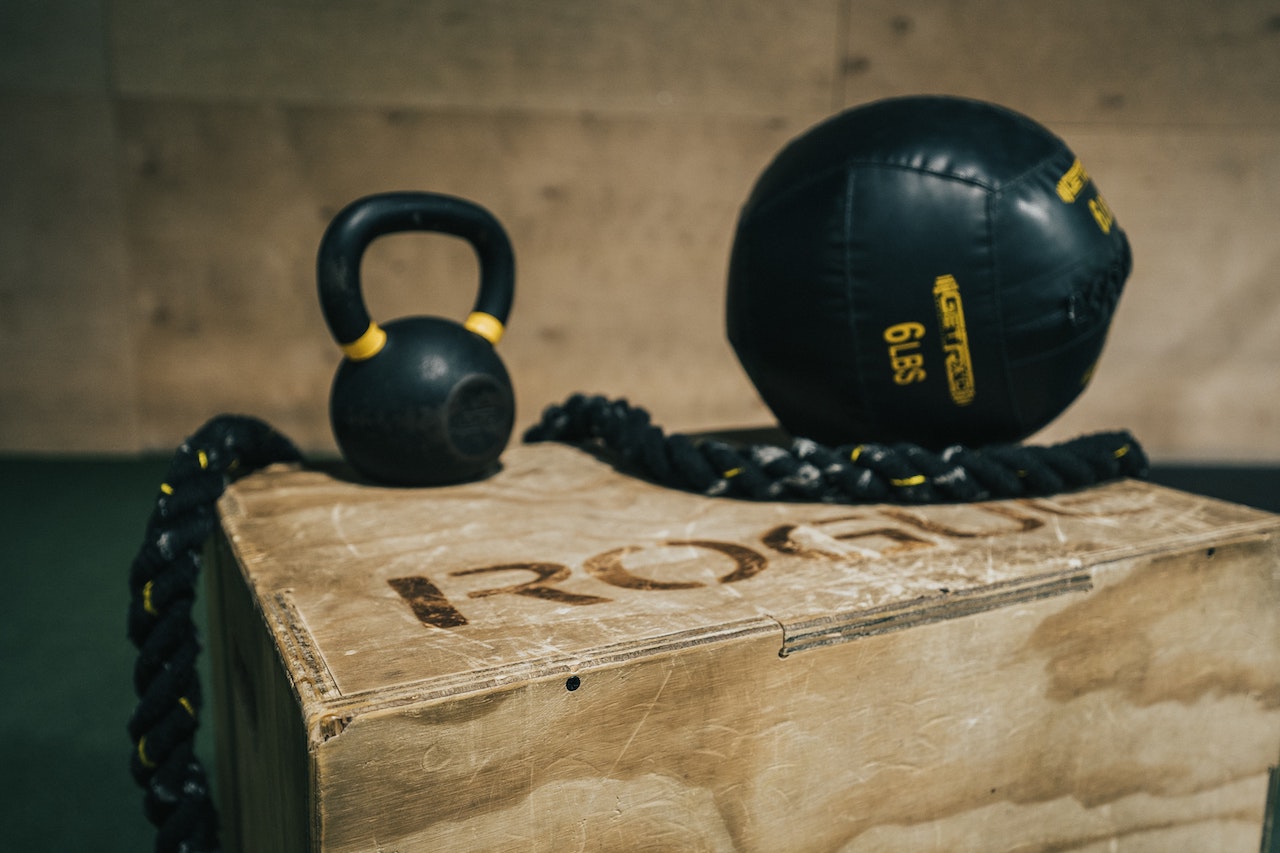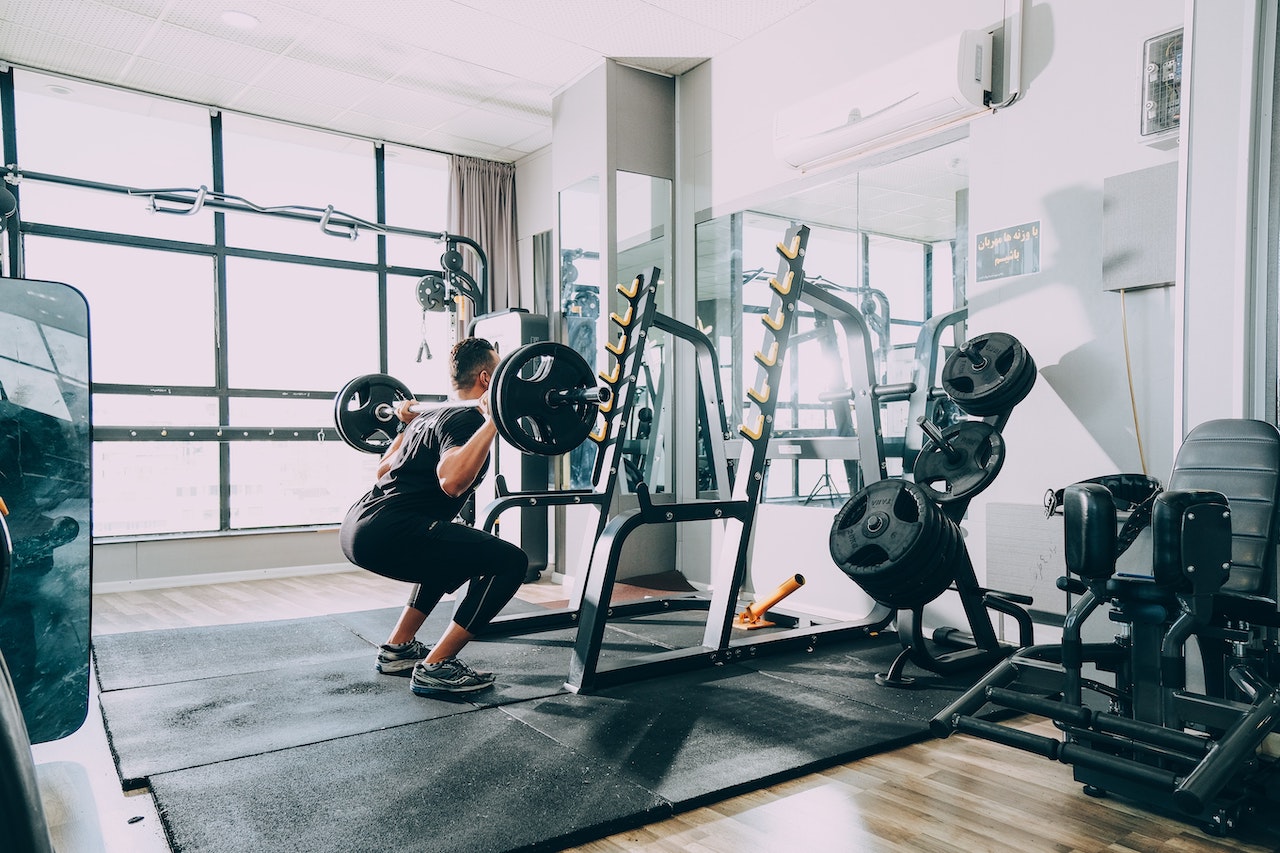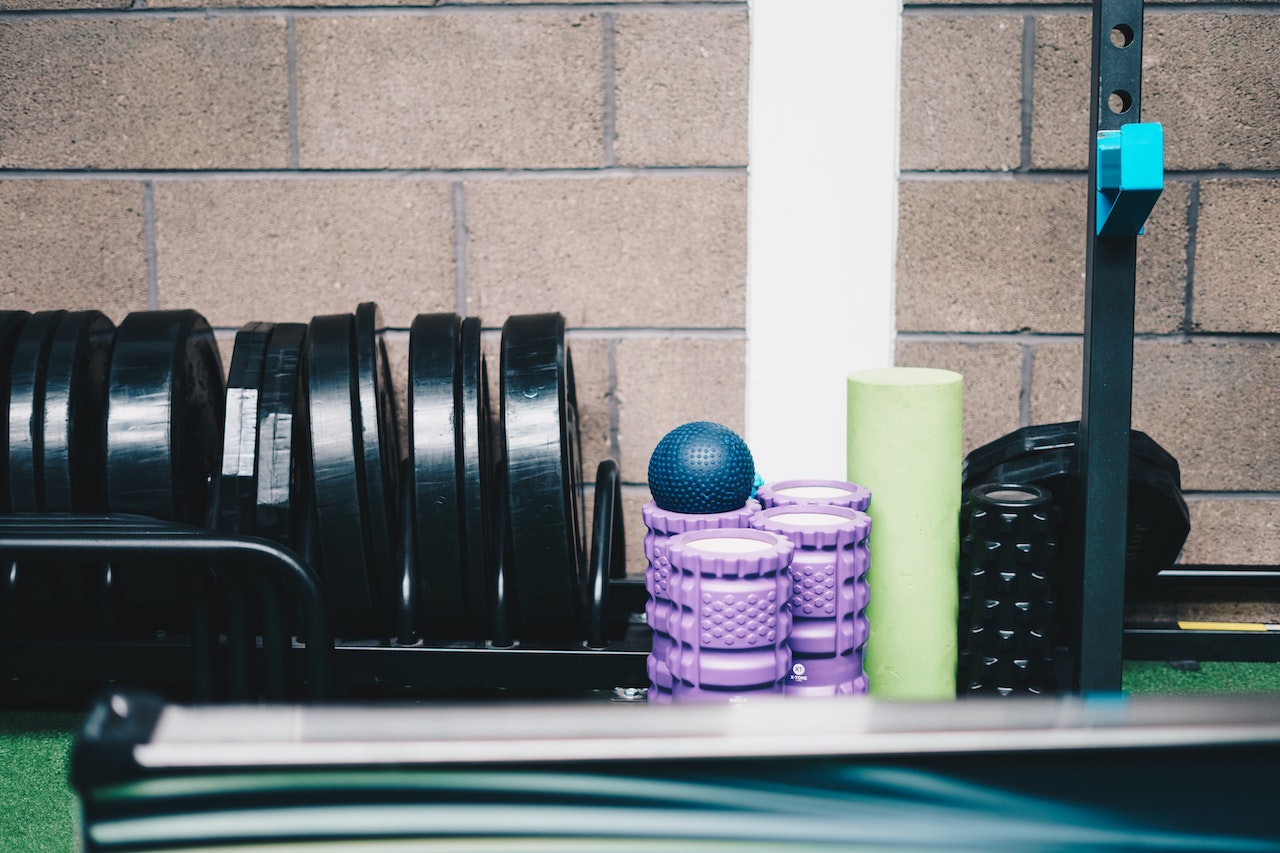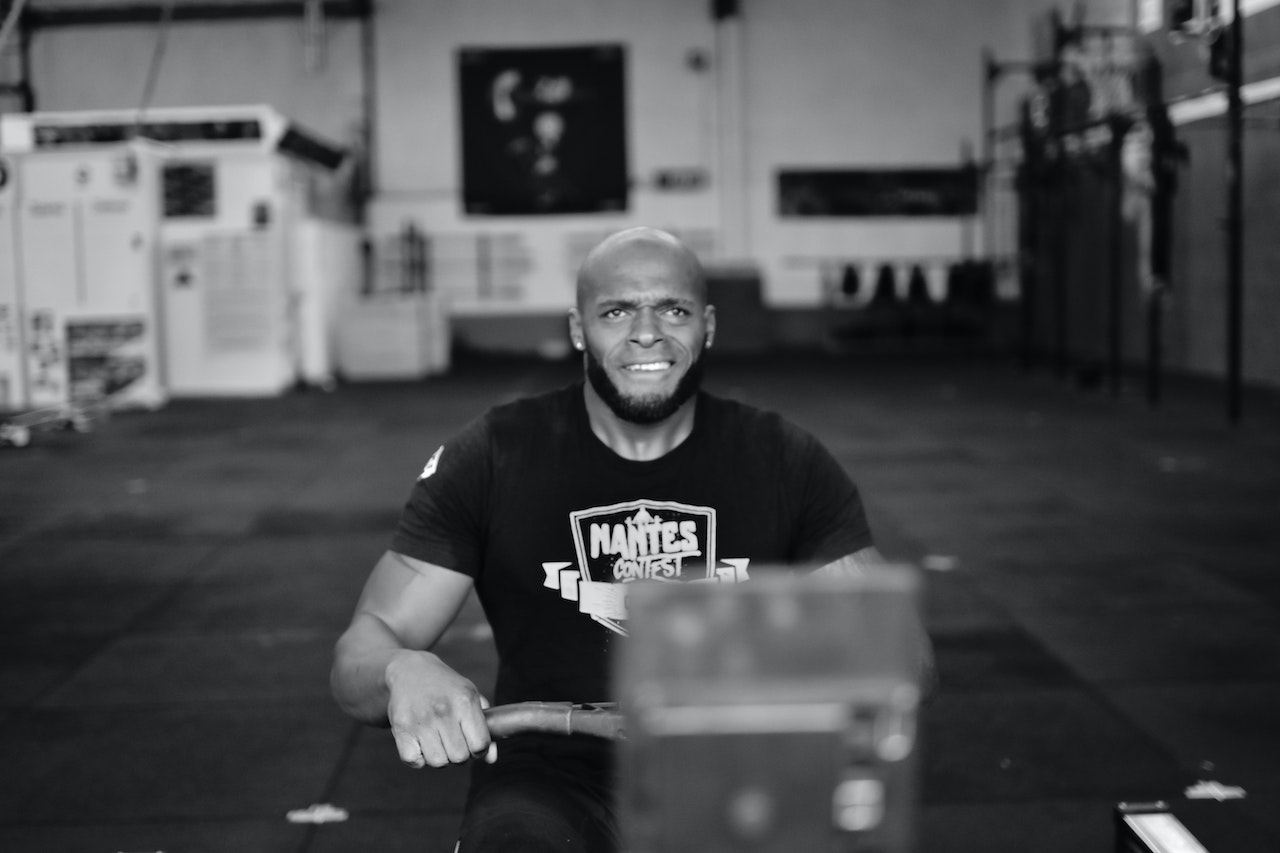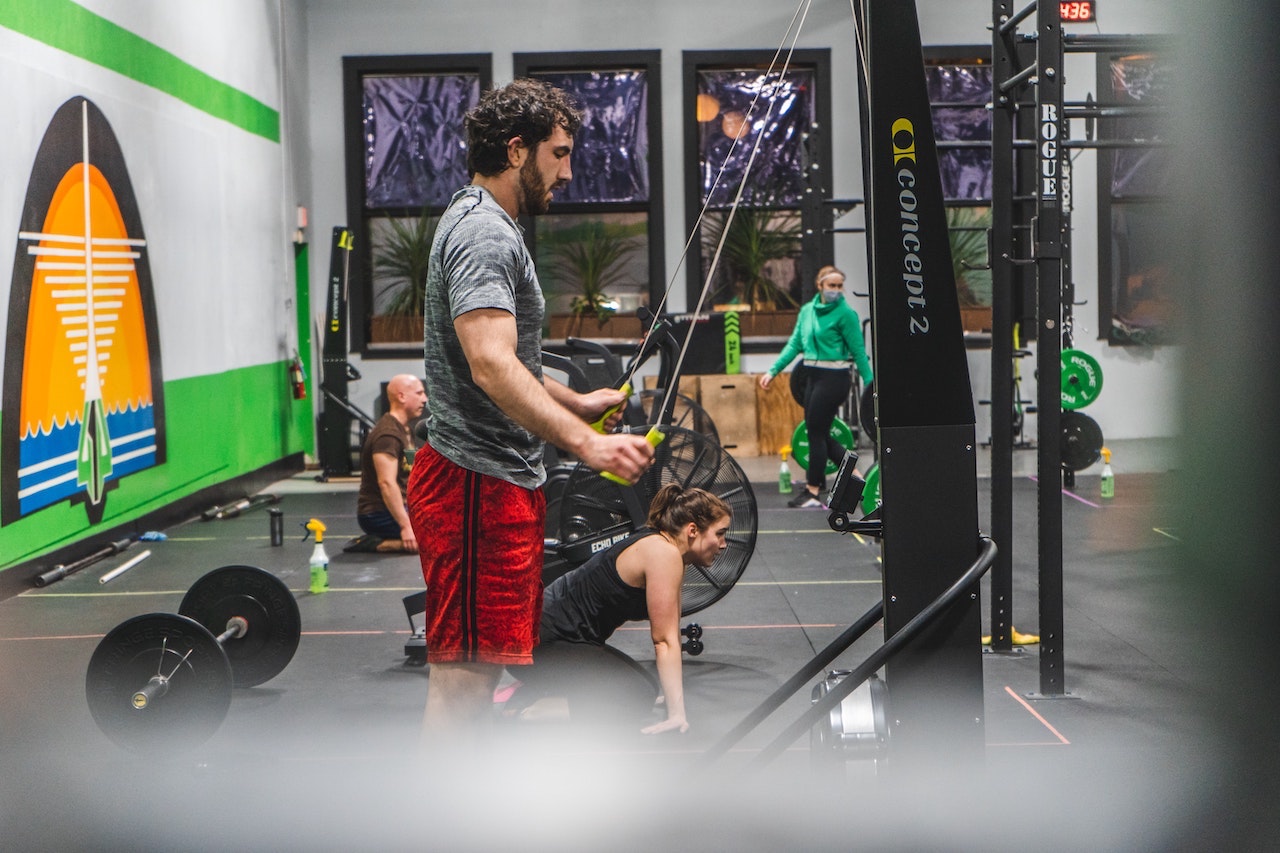For fitness, we often hear the idea that you need to train with big weights in order to progress; even at the expense of a certain amount of normality, we often see bodybuilding gods doing workouts with huge weights and even some irregular movements.
There is also the argument that you should use absolutely standard movements to train consistently so that you can progress, what exactly is right? Actually for fitness this question is not that simple.
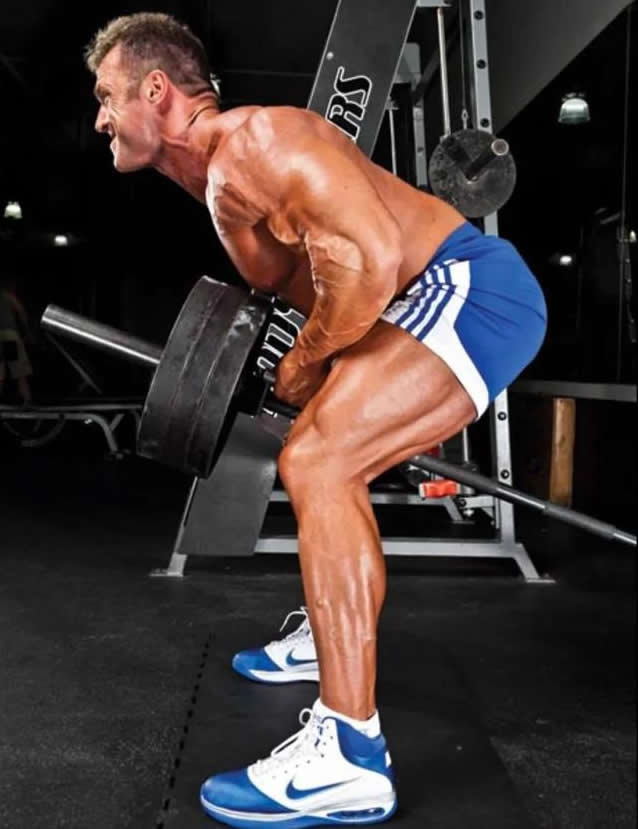
Because in reality maybe you don't know what is meant by big weights and what is the normative standard movements?
1. What does heavy weight training mean?
The so-called big weight training is not called big weight only when it reaches a certain number, but for us as individuals, a weight that is more than 85% of your limit weight for a movement or a weight that you can only do less than 5-6 times is called big weight, and it can be said that the standard is different for each person.
Many newbies to the gym may not even be able to push the bar at the beginning of the bench press, so the weight of the bar is a big weight for you now, we are all different when we start working out, we can't all use the same weight, so this "Big weight" Is different for everyone.
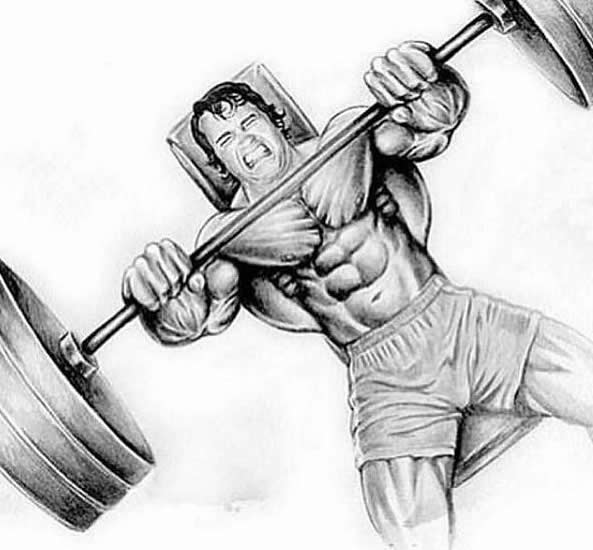
Also questions like "How heavy should i buy dumbbells at the beginning of my workout? What weights should i use?" These are questions that you need to try to solve yourself, the training is yours, the body is yours and you need to refer to your own abilities rather than simply throwing out a question and waiting for someone else to answer it.
You might say that a 100kg bench press would be considered heavy weight training, right? For you it might be, but for some people it might be that this 100kg bench press is just a warm up set, you can have goals but still be realistic and compare yourself less to others.
You can now look back at your training and see what you can do and then decide whether you should adjust the weight and difficulty of the movement, but of course this is about what the movement is, you can't compare the weight of a squat to a deadlift and compare it to a similar movement.
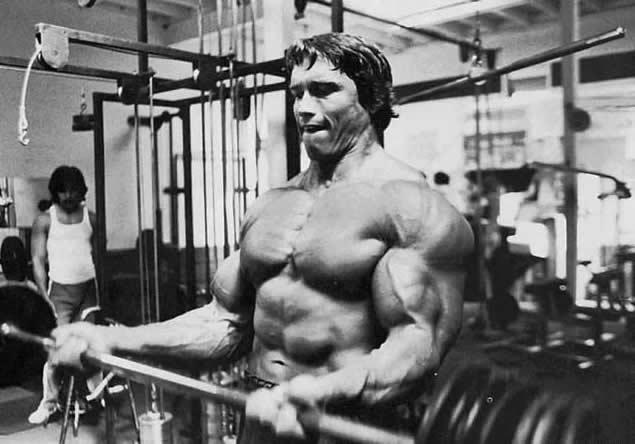
For example, the bench press, you use a strict chest power mode to chest muscle building purposes to bench press, using such a standard may be your 80kg bench press can only do 5, then for you this weight is the weight of your bench press, but if you use the power lift mode, do not consider the chest power, using the whole body power mode, then you may 80kg bench press can be back to 8 times, or even 10 times is that still a big weight for your bench press? Obviously not.
For example, some bodybuilders will use a variety of borrowing patterns, such as body shake to do curls, then perhaps when not shaking the body, go to the standard to do that the curl of the big weight can be his shake the body curl of the low and medium weight, so we go to say that a certain action big weight, and not just look at the weight, but also we need to look at the form of action.
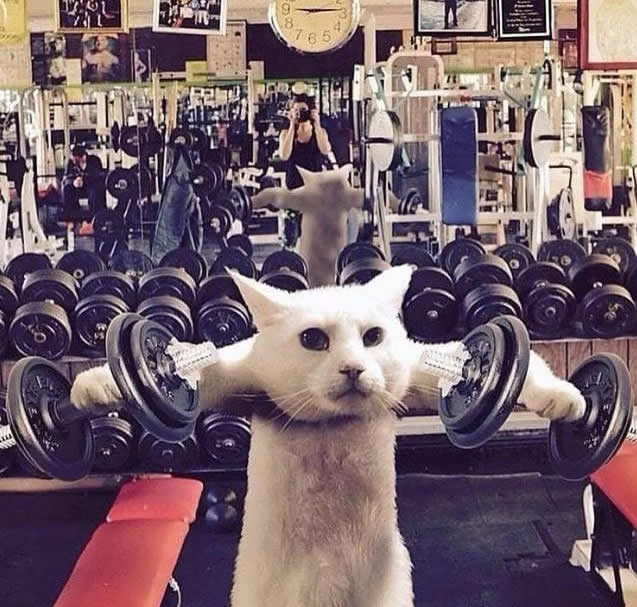
2. Let's look at the second point of what is meant by a standard movement
It is often difficult to identify how to do a movement correctly, how to do it wrongly, how to borrow force irregularly, etc. (however, there is a general framework of standards, e.g. Most movements require you to keep your back straight, tighten your core, etc.)
For example, professional powerlifter matt kroc (now janae kroc) is a legendary figure who invented the kroc row, which is similar to the dumbbell single arm row, but is different from the traditional dumbbell row in that she uses a large weight that you can't even complete once during the entire movement, and then rocks her torso to lend strength to perform multiple very small rows.
This is what the movement requires, but for many people, they may not understand it and think it is wrong.

Some people go back and do half squats, or even quarter squats, or shallow squats, and some people do not use the full range of motion on the bench press, but use a very heavy weight for the half bench press.
Can you say that this is not a standard movement and is wrong? Sometimes half squats and half bench presses don't mean they are wrong, they have a training purpose, just like shallow squats and quarter squats that many basketball players use for explosive bouncing.
Many professional bodybuilders also use the half bench press to avoid stressing the shoulder joints and to better stimulate the pectoral muscles.
So it's important to understand the purpose of the movement when training, and then use it in a specific way, rather than saying that it's substandard or wrong.
Not to mention that in the powerlifting world, many people will pull hard with a bent back, which may be seen by many as the wrong way to pull hard, but in fact it can be used to pull heavier weights for the powerlifter to win the competition (there is also an advanced pulling technique with a bent upper back, but it is not suitable for everyone and is not recommended.)
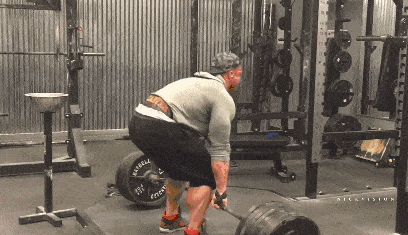
In fact, all this is to make you understand that there is more than one standard practice of movement, there is more than one purpose of training, and there are many different ways to achieve your purpose. Don't doubt yourself when you are questioned, and don't just dismiss the training of others.
Whether it's big weights or small to medium weights, they all have their place and their strengths and weaknesses, so don't get hung up on one.
Although we have mentioned that there are no standard movements, it is safest and most secure to adopt the most basic practices until you know the differences and have enough experience, and you know the general framework of the standard.
Once you are familiar with the basics, then consider the variations!
Also don't just change your form in training (like bad borrowing) because you are tired or because you want to use heavier weights!
